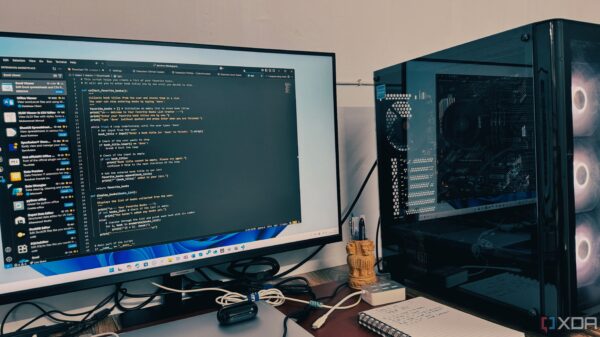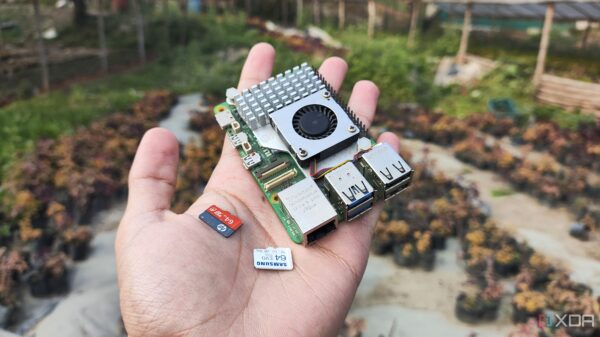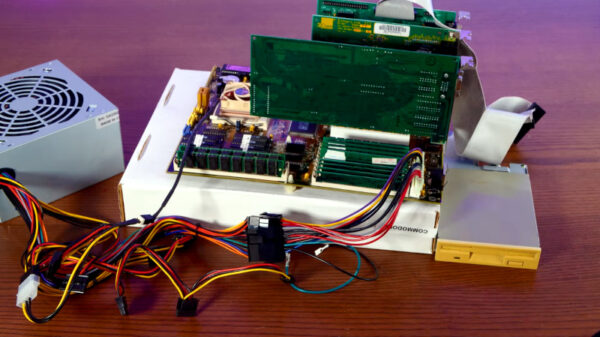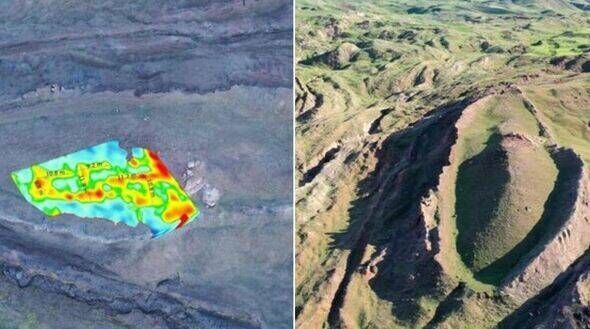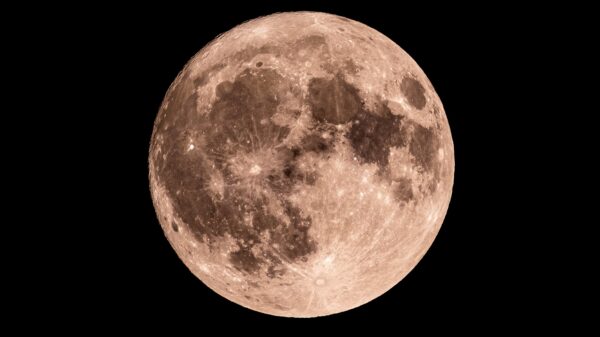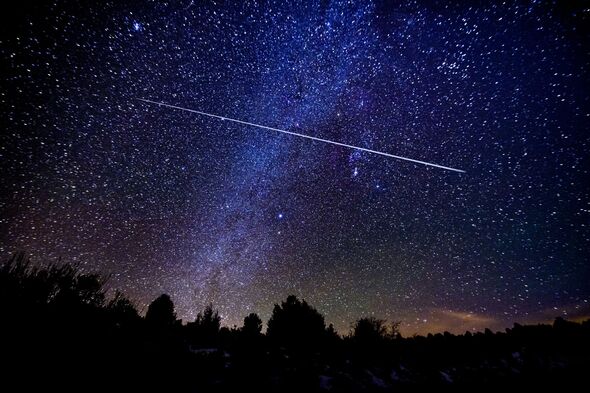UPDATE: The highly anticipated Orionids meteor shower is set to light up the night sky on October 20 and 21, offering an unmissable celestial display for stargazers worldwide. With meteors streaking through the atmosphere at a breathtaking 41 miles per second, this event promises to be one of the most spectacular of the year.
This year’s shower coincides with ideal viewing conditions, as the moon will be zero percent full during peak nights, creating a dark canvas for the luminous meteors. According to the American Meteor Society, this means the brightness of the meteors will be even more visible against the nighttime sky, enhancing your viewing experience.
The Orionids are active from September 26 to November 7, but the best time to catch these dazzling meteors is between midnight and dawn on the peak nights. Observers in both the Northern and Southern Hemispheres will have the opportunity to witness this cosmic event, which is caused by Earth passing through debris trails from Halley’s Comet.
For optimal viewing, NASA recommends finding a dark location away from city lights. Prepare for comfort—bring a sleeping bag or blanket and a chair to sit back and soak in the experience. Allow your eyes to adjust to the darkness to catch the meteors in their full glory.
To get the best perspective, stargazers in the Northern Hemisphere should lie on their backs with their feet facing southeast, while those in the Southern Hemisphere should face northeast. The meteors will appear to radiate from near the constellation Orion, so positioning yourself 45 to 90 degrees away from this point will provide a more striking view.
Don’t miss this chance to experience the magic of the Orionids! Mark your calendars for October 20 and 21 and prepare for a night of breathtaking celestial beauty. Share this news with friends and family to ensure everyone is ready to witness this extraordinary spectacle!


